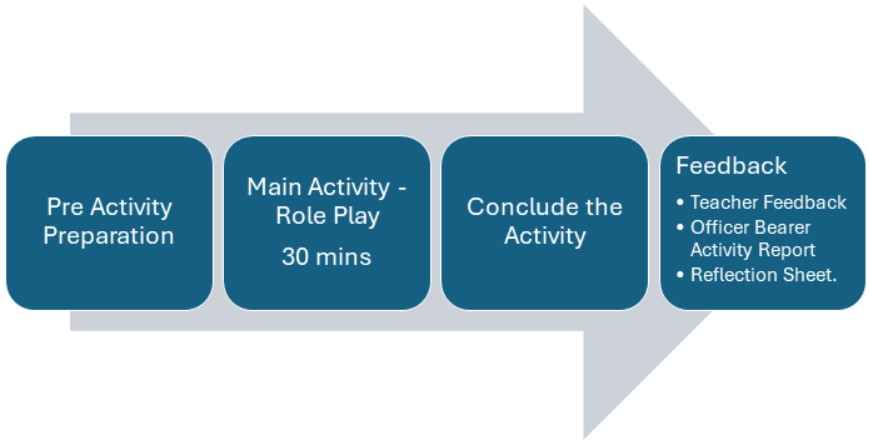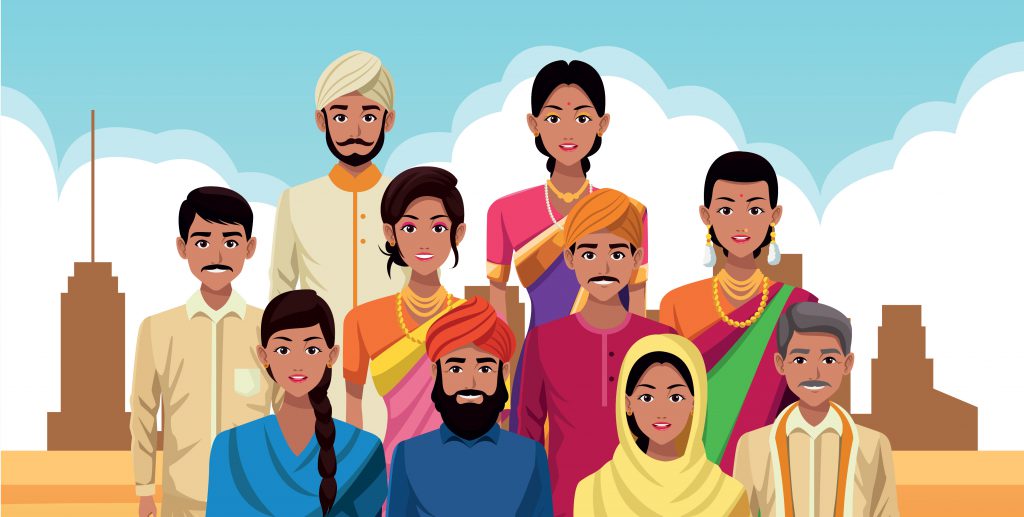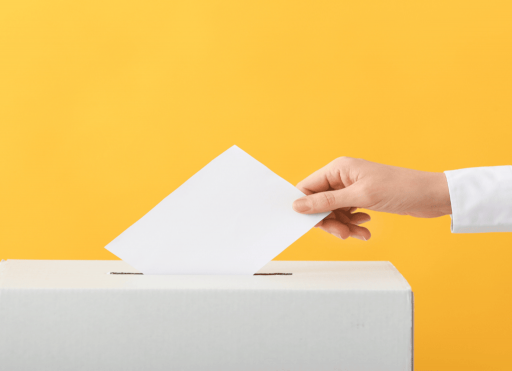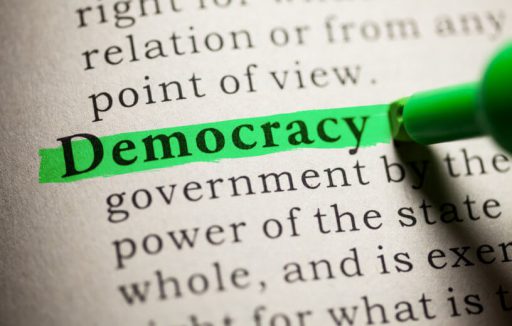

Goa Higher Secondary September Activity-Exploring Levels of Government
OBJECTIVES
- To understand the functions of different levels (Central, State and Local) of government.
SKILLS
Critical Thinking, Collaboration
VALUES
Teamwork
MATERIAL REQUIRED
Paper/Notebook and Pens
PRE-ACTIVITY PREPARATION
- Ask the students to research about the functions of three levels of government – central, state and local government. Reference materials for preparation are given in Annexure.
- Ask President and Vice President to copy the Comparison chart given in the Annexure and stick on Desh Apnayen Wall. Other reference materials given copies can be created.
- Office Bearers will make sure students have prepared before the main activity day
- Office bearers can prepare chits for concluding the activity or prepare the questions to ask.
MAIN ACTIVITY
1. The teacher begins that today we will play a game that will facilitate understanding about functions of government in three levels and how they share responsibilities.
2. Teacher will then divide the class into 4-6 groups as per class size ensuring not more than 6-8 students per group.
3. Teacher will invite representatives from each group one by one to play the game as per the rules. Encourage groups to share different representatives in each round.
4. Teacher can play the game either till any group reaches 15 first, or as-time permits ensuring at least 2 rounds per group are played.
5. Teacher will then tell the rules of the game. They are:
- Each group will get a chance to play the game one by one. Based on the number of groups formed, teacher will take statements to ensure that each group will have atleast 2-3 chances/turns/reaches the score of 15 first to close the game.
- One representative of the group will roll dice and team will get that many points for correct answer to clue. (If dice is not available, teacher can create dice chits.)
- Teacher will read the clue orally. At each clue, group representative will have to tell whether it is a true statement or a false statement. They must give only one answer in 30 seconds.
- For giving the right answer, the student will get the points rolled out on dice. For wrong answer no points are awarded.
- The team who reaches the number 15 first/highest scorer wins the game.
- The point is not to win the game, but the students will learn about responsibilities of different levels of government. So if some statements are left and time permits, teacher can take 2 or more rounds or game.
- Teacher can allot one student/Office Bearer to become the scorer to keep track of the points. A score table can be created on board/notebook.
CONCLUDE THE ACTIVITY
NOTE - If time permits, teacher can give Office Bearer opportunity to do conclude this activity as mentioned below. Incase if time is short, invite the office bearer to ask the students – What did they learn from the activity?
Office Bearers will ask the class to identify the function is of which level of government– (Office bearer can prepare chits or remember the questions)
- Changing currency notes (Central government)
- Managing streetlights, parking spaces, etc. (Local government)
- Maintain police department (State government)
- Decide action for defense (Central government)
- Maintenance of road, bridges, and transportation system (State government)
- Railway management (Central government)
- Providing Relief aid to all cities in the state during natural disasters or pandemic (State government)
- Construction of public wells and toilets in village (Local government)
Teacher will summarize the key learning points -
- Each level of government has its areas of responsibility, to make governance more effective. As citizens, which should be aware of functions of different levels of government.
- It helps citizens understand how and where decisions are made, directing concerns to the right level of government for effective issue resolution.
DESH APNAYEN WALL
For this activity, the following can be updated by office bearers on the wall.
- Clues from the Game (True statements)
- Office Bearer conclusion – chits (if prepared)
POINTS TO NOTE
- Office Bearer to make sure that students have prepared for playing the game.
ACTIVITY PHOTOS TO BE SHARED
Activity photos to be shared to engagement officers, please share clear pictures of
- Main activity – students playing the game (2 photos)
- Office Bearer Concluding the session (2 photos)
- Desh Apnayen Wall (2 photos)
TEACHER FEEDBACK
To collect the feedback of the activity, IVR call will be made to you, or you can make the call. The following script will be played for you. This is given here for your reference purpose, so you can choose the alternative as appropriate.
Welcome to Desh Apnayen. This call is to collect feedback of the activity conducted in the class this month. Call will be recorded for quality purpose. If you agree, please press 1 to proceed.
1) Which Grade activity feedback you want to give in this call?
Press 1 – for Grade 11
Press 2 – for Grade 12
2) Which Stream activity feedback you want to give?
Press 1 – for Science
Press 2 – for Commerce
Press 3 – for Arts
Press 4 – for Vocational
For any other stream, please press 5.
Press 2 – for Grade 12
Press 1 – for Science
Press 2 – for Commerce
Press 3 – for Arts
Press 4 – for Vocational
For any other stream, please press 5.
3) How was the overall activity experience in the class?
Press 1 – for Good
Press 2 – for Average
Press 3 – for Needs Improvement
4) Have you submitted this activity’s pictures/videos to the respective engagement officer?
Press 1 - for Yes
Press 2 – for No
5) Do you want to give feedback for any other grade?
Press 1 - Yes, repeat the process from Question 1-5
Press 2 – No, thank you for your time, your submission is recorded successfully.
ANNEXURE
Annexure 1 – Handout
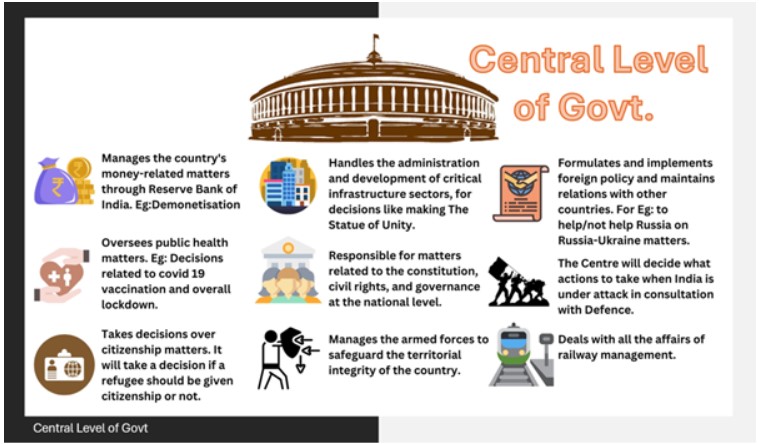

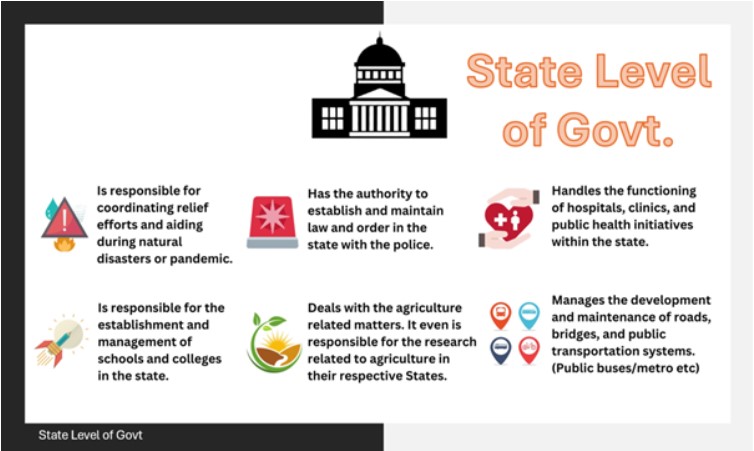



Comparative Chart of Three Levels.
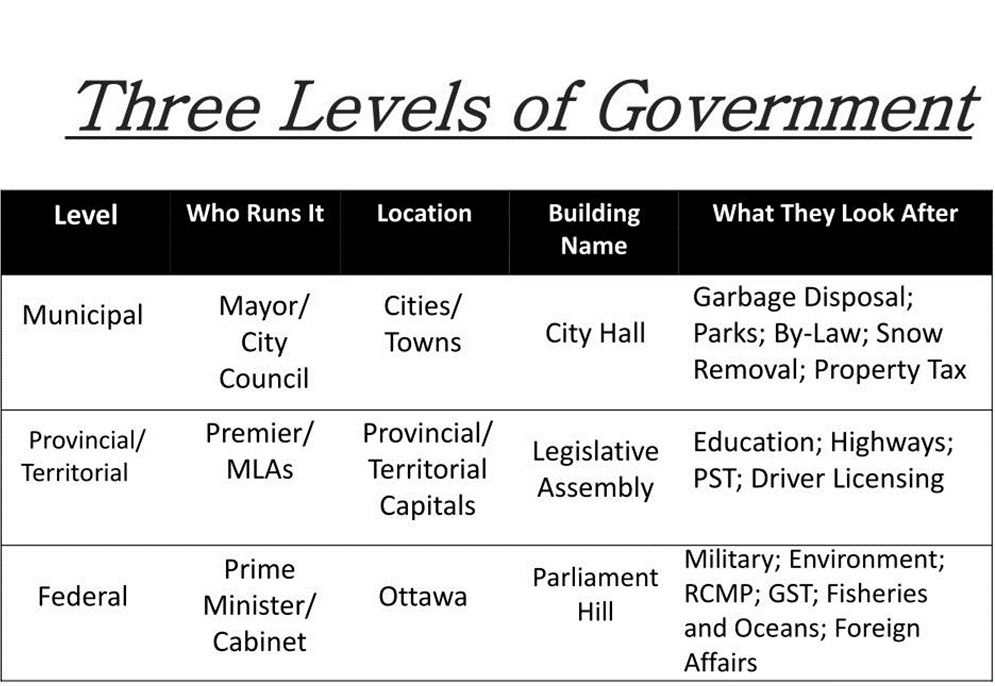

Annexure 2 – Game Clues
Teacher can read out any clues in random order. (Teacher’s choice)
- State govt. can order their own State Police. (TRUE)
- Central govt. can make national highways. (TRUE)
- Central government can make changes in the citizenship laws. (TRUE)
- Centre manages the local city buses in the state. (FALSE)
- State govt. can open new colleges and schools in the state. (TRUE)
- Centre manages all the local clinics in the state. (FALSE)
- Panchayat can release the funds for the creation of wells in the (TRUE)
- State government can decide the railway fare. (FALSE)
- State government can order the armed forces to attack XYZ Country. (FALSE)
- Central govt. can propose a bill for addition for a word in the Preamble. (TRUE)
- Central government is not responsible for conducting health camps in the state. (FALSE)
- Central government handles matters related to international disputes. (TRUE)
- State government is responsible for conducting wellness camps in the state. (TRUE)
- State government can decide to demonetise Rs100 notes. (FALSE)
- Central government handles matters related to relations with foreign countries. (TRUE)
- Centre can allow 46 refugees/foreigners to seek shelter in India. (TRUE)
- State govt. can order and pass the bill for amendment in the constitution. (FALSE)
- State government decides the minimum support price of rice and wheat in their respective States. (FALSE)
- Central govt. conducts State PCS exams. (FALSE)
- Streetlights on the streets are fixed by the Municipal corporation. (TRUE)
- State government decides if all schools in the state should remain closed due to heat waves. (TRUE)
- State oversees government colleges in the state. (TRUE)
Annexure 3: For Teacher’s reference (Need basis)
Three Levels of Govt.
The Indian Constitution mandates that we have three levels of government- the centre/union, state, and local. The local government operates on a village or town level, the state government operates on a state level, and the central government operates on a national level. The existence of more than one level of government in the country, this system is called the federal system of government. It helps to enable for country's development. We are aware that there are three lists given in the Constitution, which defines the subject matter on which Central will work, State will work and there might be some matters, on which both will have to work for e.g., Education. So, on education, central government and state government works together.
Federalism is a system of government in which powers have been divided between the centre and its constituent parts such as states or provinces. There are two or more levels (tiers) of government. Each level of government has its own jurisdiction in matters of legislation, taxation, and administration even though they govern the same citizens.


